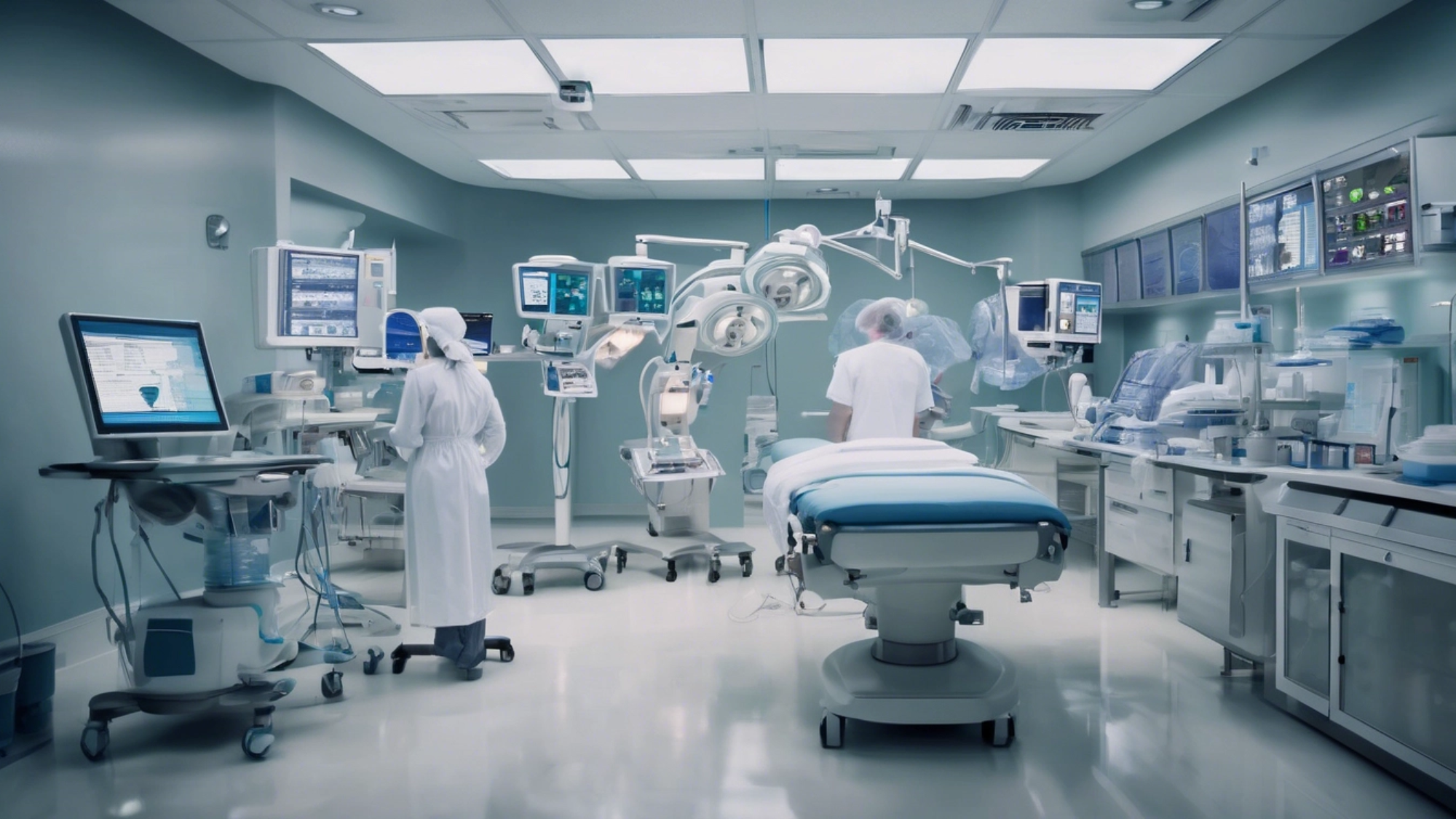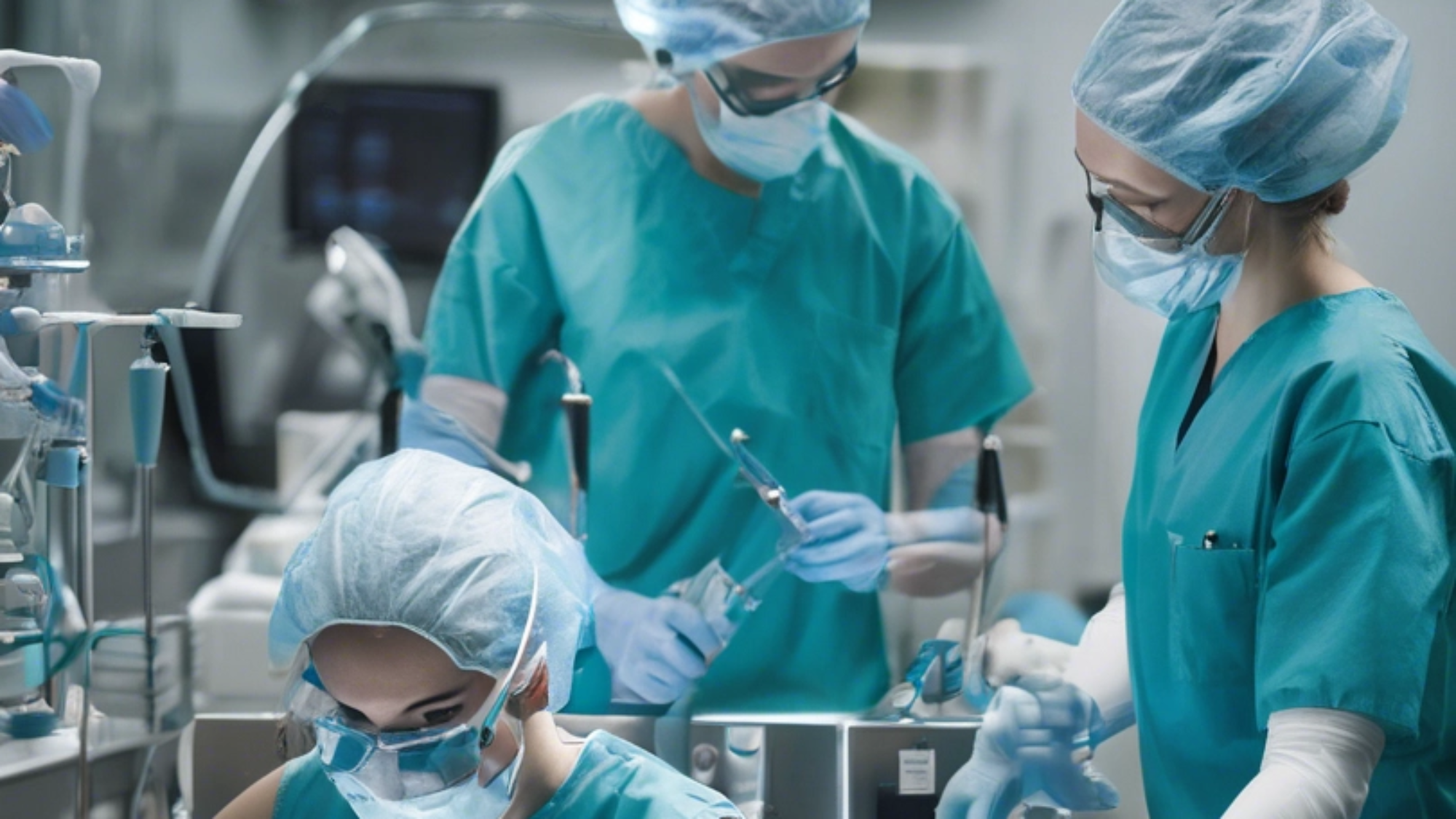In the complex world of healthcare, every second matters. A missed diagnosis, a misplaced record, or a delayed procedure doesn’t just lead to inefficiencies—it could cost lives. While the sector has made significant strides over the years, much of its infrastructure still relies heavily on manual processes, outdated systems, and reactive workflows.
As someone deeply involved in the intersection of AI, IT systems, and process optimization, I’ve seen firsthand how technology can not only bridge gaps but build entirely new pathways for care delivery. With Quad Consulting Group, our mission is to revolutionize how healthcare systems—particularly Sterile Processing Departments (SPDs)—operate by introducing intelligent, scalable, and human-centric automation.
In this post, I’ll walk you through why the need for healthcare automation systems is more urgent than ever, what opportunities this transformation holds, how organizations can implement automation effectively, and why Quad Consulting Group is leading the charge.
Healthcare’s Achilles’ Heel: Manual, Outdated Processes
Despite medical innovation breaking new ground daily, internal operations at many healthcare facilities haven’t kept pace. From handwritten notes to fragmented databases and overburdened staff juggling a dozen systems that don’t talk to each other, inefficiency has become a silent crisis.
1. The Data Dilemma
Hospitals generate terabytes of patient data daily. But in many facilities, this data is siloed, inconsistently recorded, or even stored physically. It’s not just about volume—it’s about usability. How can clinicians make fast, life-saving decisions if the information they need is buried in PDF reports or printed files?
2. Staff Burnout and Talent Drain
Administrative overload is a major contributor to staff burnout. Nurses, SPD technicians, and OR support staff often spend as much time entering information or tracking instruments as they do actually providing care. This reduces job satisfaction and increases turnover—two outcomes healthcare systems can’t afford.
3. Patient Experience Takes a Hit
When the backend falters, the front line suffers. Patients feel the strain through long wait times, delayed test results, or inconsistencies in care. In sectors like sterile processing, even minor lapses in protocol can lead to dangerous infections or surgical delays.
The Opportunity: What Automation Can Do for Healthcare
Automation isn’t about replacing humans—it’s about freeing them. Freeing them from repetitive, error-prone tasks. Freeing them to focus on what truly matters: patient care.
Let’s explore the transformative potential of AI powered automation in healthcare:
1. Real-Time Inventory & Instrument Tracking
For SPDs, keeping track of surgical tools is a logistical headache. But with automated tracking systems powered by RFID, barcodes, and AI-based auditing, every instrument’s lifecycle can be monitored from sterilization to surgery. This not only improves safety but reduces waste and shrinkage.
2. Predictive Maintenance & Workflow Optimization
Using machine learning algorithms, hospitals can now forecast when a sterilizer is likely to fail, schedule proactive maintenance, and reduce equipment downtime. Prompt engineering for business operations enables automated alert systems that intelligently prioritize urgent tasks, ensuring that human attention is focused where it’s needed most.
3. Seamless Patient Records & Decision Support
AI-integrated Electronic Health Records (EHR) can now surface patient histories, allergies, and previous surgeries in seconds. Natural Language Processing (NLP) tools can even generate real-time summaries from clinician notes, ensuring no detail gets missed during handovers or critical decisions.
4. Staff Scheduling and Compliance
Automated systems can manage shift allocations, compliance audits, and training renewals without HR having to micromanage. At Quad Consulting Group, we’ve seen hospitals cut down on administrative hours by over 40% simply by integrating intelligent scheduling tools.
Real Talk: Why This Matters to Us at Quad Consulting Group
Let me pull back the curtain a little.
Quad Consulting Group was born out of a shared frustration among healthcare professionals: why are life-saving systems being run like outdated factories? As a multidisciplinary team with backgrounds in sterile processing, IT systems, regulatory compliance, and AI consultancy, we knew we could change that narrative.
Our mission is simple: to equip SPD departments and healthcare institutions with the tools, training, and automation they need to thrive. We don’t just audit—we partner. We don’t just recommend—we implement.
By leveraging AI powered automation, we help SPDs ensure that surgical instruments are always ready, sterile, and accounted for. By implementing smart dashboards, we enable decision-makers to monitor everything from staff efficiency to infection control compliance in real-time. This isn’t theory—it’s practice. And it’s working.
The Solution: How to Start Automating Healthcare Systems Effectively
You might be thinking, “Sounds great, but where do we even begin?”
That’s the right question—and here’s how we suggest answering it.
Step 1: Conduct a Workflow Audit
Start by identifying bottlenecks. Where are delays happening? Which tasks are being repeated manually? What’s the average turnaround time for instrument sterilization or lab result delivery? Use these insights to prioritize automation opportunities.
At Quad Consulting Group, we offer a free initial consultation where we evaluate your current workflow, tools, and data structure. From there, we tailor an automation roadmap that makes sense for your size, budget, and strategic goals.
Step 2: Integrate, Don’t Overhaul
You don’t need to rip and replace your entire system to go digital. Many of the best automation tools are API-friendly, meaning they integrate with your existing EHR, LIS, and backend systems. Look for solutions that compliment your staff, not replace them.
We often use prompt engineering techniques to set up automation flows—for example, triggering sterilization prep based on surgical schedules or sending auto-reminders when staff certifications are due.
Step 3: Train Your Staff the Right Way
Automation only works if your team trusts it. That’s why we emphasize hands-on training and change management. Our team ensures that staff are comfortable using new tools, understand the “why” behind each system, and feel empowered rather than overwhelmed.
Step 4: Monitor, Iterate, Improve
Once your automation systems are in place, don’t walk away. Set up KPIs (Key Performance Indicators) that align with your goals—reduction in instrument turnaround time, improved patient throughput, etc. Use dashboards to review progress weekly and make iterative improvements.
What Healthcare Could Look Like with Automation
Picture this.
A surgeon finishes an operation. As they leave the OR, the system automatically logs which instruments were used. Those tools are immediately flagged in the system, scheduled for cleaning, and tracked through every step of sterilization. The SPD team doesn’t have to manually check logs—it’s all real-time. If a tool goes missing, the dashboard lights up. If a sterilizer is showing signs of mechanical strain, the system auto-schedules maintenance and notifies the right technician.
Meanwhile, patients are receiving faster care, staff are less stressed, and the hospital is saving thousands every month in labor and overhead.
That’s not science fiction. That’s AI powered automation, and it’s here today.
The Human Element: Why We’re Really Doing This
For us at Quad Consulting Group, automation isn’t just about efficiency—it’s about dignity.
Healthcare professionals deserve to work in environments that support their skills, not bury them in bureaucracy. Patients deserve care that’s fast, safe, and consistent. Automation helps us get there—not by replacing humans, but by amplifying them.
Every SPD technician who no longer has to scramble to find a missing instrument. Every nurse who gets more time at the bedside instead of the keyboard. Every administrator can focus on strategic planning instead of daily fires. That’s the future we’re building.
And with your partnership, we can make that future a reality faster.
Final Thoughts: Let’s Build the Future Together
Automation is no longer a luxury for healthcare systems—it’s a necessity. With rising patient volumes, tightening budgets, and increasing complexity in care delivery, the only way forward is to work smarter.
At Quad Consulting Group, we’re ready to walk this journey with you—from discovery to deployment. Whether you’re just starting out or looking to optimize an existing system, our expertise in AI integration and healthcare consulting means we can design a solution that’s both innovative and practical.
Ready to explore healthcare automation?
We’d love to hear your thoughts on this post—or better yet, discuss how we can help your facility take the next step.
Reach out to us via www.quadconsultinggroup.org or drop me a message directly.
Let’s build healthcare systems that serve, scale, and save lives.


